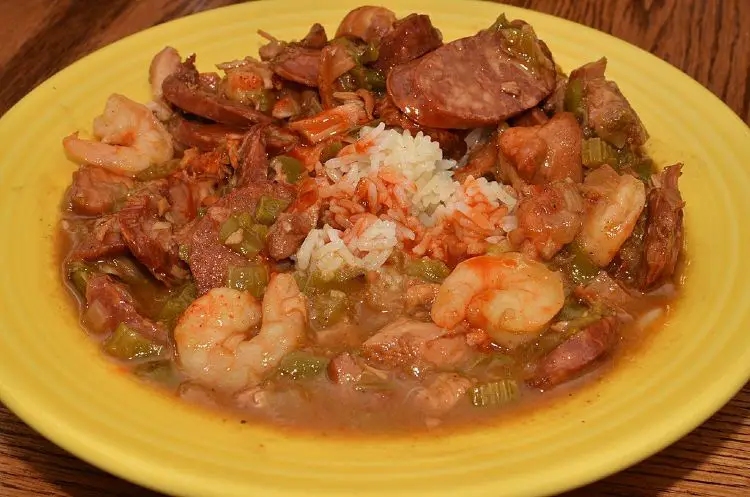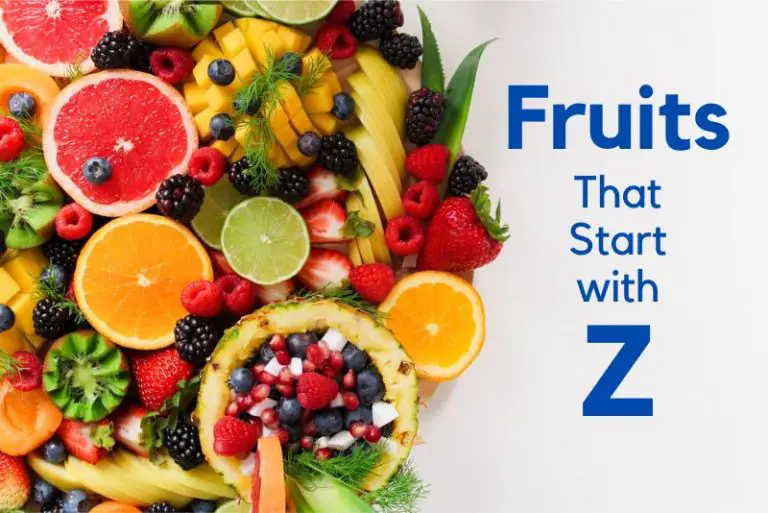To Bee or Not To Bee
The world’s bee population is in distress and these insects need our help. This article is a call to all gardeners to start planting bee-friendly plants in their gardens this spring and summer, as we are facing a massive decline in the honey and bumble bee population. We have recently seen three out of the UK’s 27 bbe species become extinct and more are seriously threatened. We all need to do what we can to prevent the decline of the humble bee.
Only a few decades ago a country walk would be punctuated by the evocative humming sounds of bees. They would be searching for food from the hedgerows as well as from the crops growing in the fields. Now bees are rapidly losing their habitat due to the increased use of pesticides and herbicides as well as the reduction in wild areas on farmland. Wildflowers have also been in serious decline because of the use of herbicides and we have lost many natural habitats such as grass chalk-land, hay meadows and hedgerows. This has meant that bees have had fewer places for food and for nesting. Bees are essential pollinators and therefore crucial to our agriculture and mankind’s survival.
Ten of the 24 species of bee which remain are highly likely to visit your garden. These species tend to thrive in urban areas and are not dependent on wilder surroundings. These bees all have different characteristics such as colour and length of tongue and they are happy nesting below ground as well as in long grass or trees. They include the common carder bee, the early bee, the garden bee, the buff-tailed bee, the red-tailed bee and the white-tailed bee. All have the distinctive yellow and black bodies but have subtle distinguishing features. All except the common carder bee nest underground. The garden bee particularly loves foxgloves and is the most common of our bumble bees.
The good news is that there is much that each of us can do to help these creatures to thrive. Bumble bees can find much of what they need from your garden. Gardeners and bees both share a love of flowers and a wide range of flowering plants can sustain them especially from March to November when they are at their most active. These will provide them with essential sources of nectar and pollen. Native wildflowers like foxgloves, meadow cranesbill and teasel are the most bee-friendly to grow as well as traditional cottage garden flowers and herbs. It is really important to cater to all the species of bees and offer a wide range of these plants. All these flowers thrive, look wonderful and are easy to grow, as they are generally hardy and more resistant to disease as well as slugs and snails. Highly cultivated flowers are mainly unsuitable for bees as they either produce little pollen or too little nectar. Most annual bedding plants such as Busy Lizzies and Begonia have very small amounts of nectar available for bees and other insects.
In the spring, when the bumble bee queens emerge from hibernation, they will seek out crocuses, primroses, aubrietia and heathers. They will also gather pollen from willow catkins and hazels as well as early flowering fruit trees. As the queen gathers her energy it is estimated that a Bombus Terrestris, or Buff-tailed bee, needs to visit around 6000 flowers a day just to get enough nectar to maintain the heat to brood her eggs! She needs to return regularly to her nest so her trips are short and this why it is important for her to nest near to the flowers.
During the summer months most cottage garden flowers come into use providing a wide range of food. Fruits, herbs as well as perennials, are all good sources of pollen. Old fashioned roses provide an ideal place for a bee to get nectar and you can hear them buzzing loudly as they use their bodies to dislodge the pollen. Foxgloves are used to hide in during rain showers as well as provide food for the longer tongued species of garden bee. Honeysuckle is an excellent supplier of nectar and most of the herbs used for culinary purposes are also much loved by bees.
It is vital to not use any insecticide in the garden. Insecticide is an indiscriminate killer and will kill all insects it comes into contact with including some very useful types which include ladybirds and lacewings, both of which will munch their way happily through thousands of aphids. Most gardeners do not know what the larva of these insects look like but it is those larva which kill and eat the most. They are not the prettiest insect in the garden but they certainly do the gardener a great favour. There are other methods which you can use to remove aphids and these are well-documented, however, if you must use chemicals then spray when it almost dark so that you kill as few bees as possible and use an insecticide which is specific to the pest you wish to kill.
You can feed bumble bees and many other insects even if all you have is a window box or containers. Including any of the suggested plants will help to increase the food supply for the bumble bees. Encourage bees by leaving a patch of long grass or leaving your compost bins undisturbed until the autumn. Bee nesting boxes are also available, which can either be used above or below ground. If your garden does not have either long grass or hiding places for nests try hanging a bee nesting box.
Below you will find a wide but not exhaustive range of both wild flowers and garden flowers which bloom throughout the spring and autumn. They are the varieties which bumblebees adore and they will feed both the short and long-tongued bees. Even if you have room for just one of these plants, it will still attract the bees into your garden, as well as other interesting insects, including butterflies and honeybees.
Flowers for Honey and Bumble Bees
Apple Blossom Alliums Bramble
Bluebell Aquilegia Buddleia
Broom Birds Foot Trefoil Borage
Bugle Bugle Cardoon
Cherry Blossom Bush Vetch Catmint
Heather Campanula Cornflower
Flowering Currant (Ribes) Ceanothus Delphinium
Lungwort (Pulmonaria) Chives Heather
Pear Comfrey Hollyhock
Pussy Willow Cotoneaster Hyssop
Red dead-nettle Erysimum Knapweed
Rosemary Foxglove Marjoram
White dead-nettle Geranium Mint
Kidney Vetch Penstemon
Laburnum Polemonium
Lupin Loosestrife
Monkshood Red Clover
Poppies Rock Rose
Raspberries Scabious
Red Campion Sea holly
Roses Snapdragons
Sage St John’s Wort
Salvia Sunflowers
Thyme Teasel
Clover Thistle
Wisteria Viper’s Bugloss
Emma Bond’s contact details:
www.bathgardendesign.com
www.emmabond.typepad.com/the_orchard_studio

